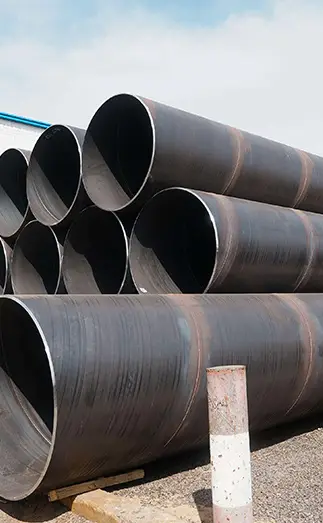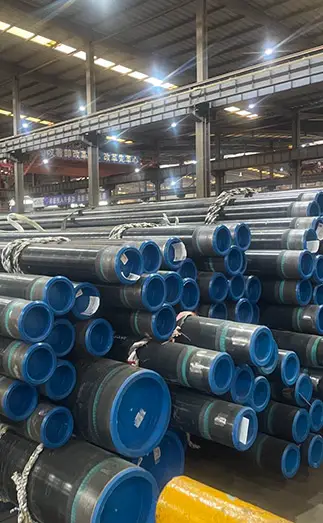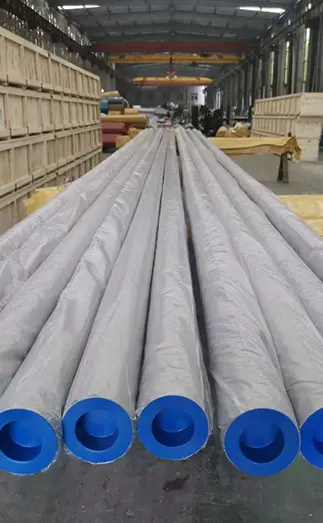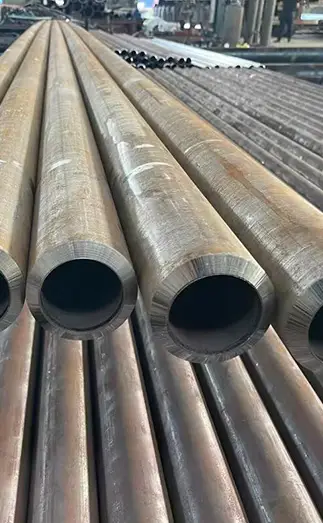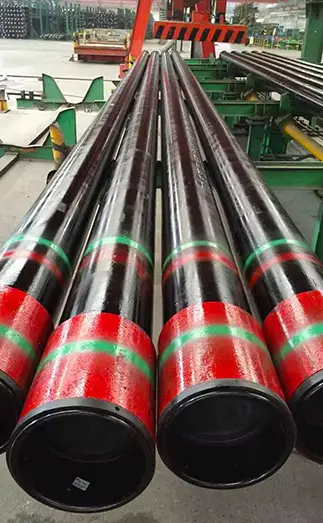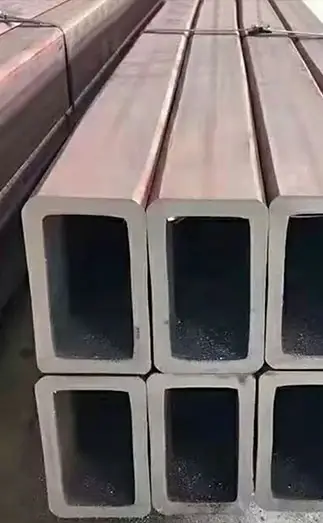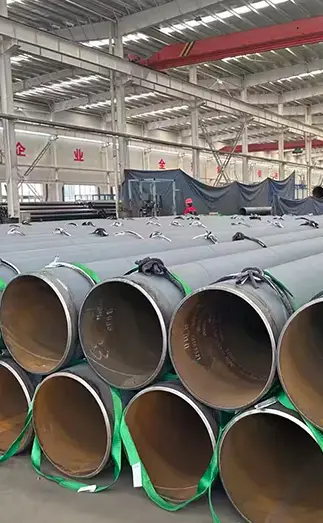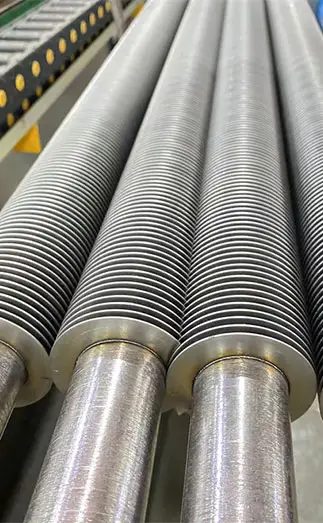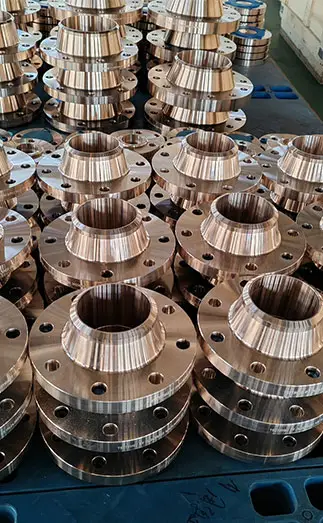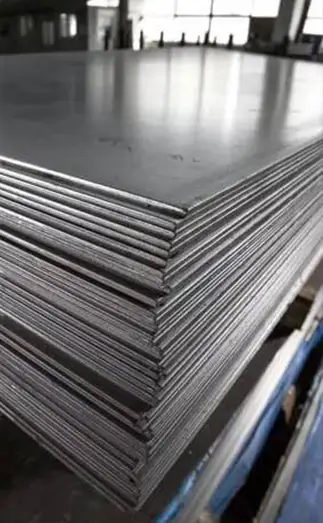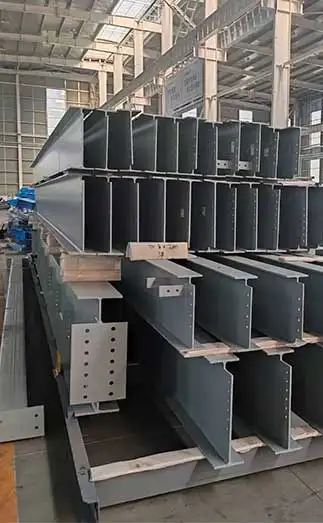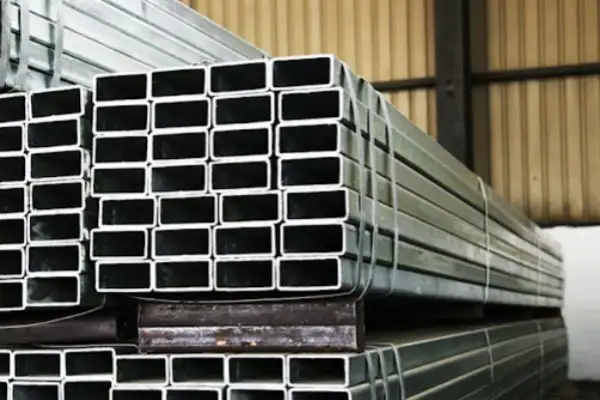Surface microcracks in LSAW (Longitudinal Submerged Arc Welding) steel pipes pose a significant challenge to product quality. These defects can range in severity, leading to substantial economic losses for manufacturers and restricting the development of production lines for various steel grades. Cracks, particularly those caused by elements such as niobium, vanadium, and titanium, are the most prominent and have a critical impact on the finished product rate and overall quality.
Types and Causes of Surface Microcracks
The main types of surface microcracks on LSAW steel pipes include edge cracks, longitudinal cracks, and star cracks. These arise due to several factors:
- Improper Rolling Process Parameters
Inadequate control over rolling parameters, such as temperature, reduction ratio, and rolling speed, can introduce excessive stresses, leading to surface microcracks.
- Abnormalities in the Continuous Casting Process
Defects originating in the continuous casting stage, such as poor slab quality or irregular mold operations, are major contributors. For instance, the copper coating on the casting mold may peel off, causing copper to penetrate the solidified austenite shell at the grain boundaries. This leads to intergranular cracks and compromises the structural integrity.
- Slab Crack Inheritance
Cracks present in the slab before rolling are often carried over during subsequent processes, manifesting as surface defects in the final product.
- Residual Element Enrichment
The accumulation of residual elements, such as sulfur, phosphorus, and titanium, at grain boundaries increases crack sensitivity. This is particularly evident in titanium-containing steels, where the strong thermal stress sensitivity further exacerbates cracking issues.
- Thermal Stress
Uneven thermal stresses during cooling or reheating can cause cracking due to differential expansion or contraction, especially in steels with a high sensitivity to such conditions.
Control Measures of Surface Microcracks
To mitigate the occurrence of surface microcracks, manufacturers should adopt the following control measures:
- Improvement of Mold Copper Quality
Ensure that the copper coating on continuous casting molds is of high quality and resistant to peeling. Preventing copper infiltration into the steel's grain boundaries is critical.
- Enhanced Inspection Processes
Conduct stringent quality inspections of slabs before production and finished pipes after production to identify and address defects early.
- Optimized Continuous Casting Practices
Implement protective measures during continuous casting to maintain slab cleanliness and minimize surface defects. This includes ensuring stable casting conditions and controlling the cooling rates to reduce thermal stresses.
- Rolling Process Optimization
Refine rolling process parameters to minimize stress concentrations, ensuring smooth deformation and uniform temperature distribution.
- Reduction of Residual Elements
Improve raw material quality and adopt advanced refining techniques to reduce the concentration of harmful residual elements.
- Use of Titanium-Stabilized Steels
Develop methods to reduce crack sensitivity in titanium-containing steels through alloy design and controlled processing techniques.
Conclusion
The presence of surface microcracks in LSAW steel pipes significantly impacts product quality and production efficiency. A comprehensive approach that addresses both material quality and process optimization is essential for minimizing these defects. By improving mold technology, refining casting and rolling processes, and ensuring stringent quality control, manufacturers can enhance product quality, reduce losses, and drive the development of advanced steel products.



 English
English Español
Español Français
Français بالعربية
بالعربية